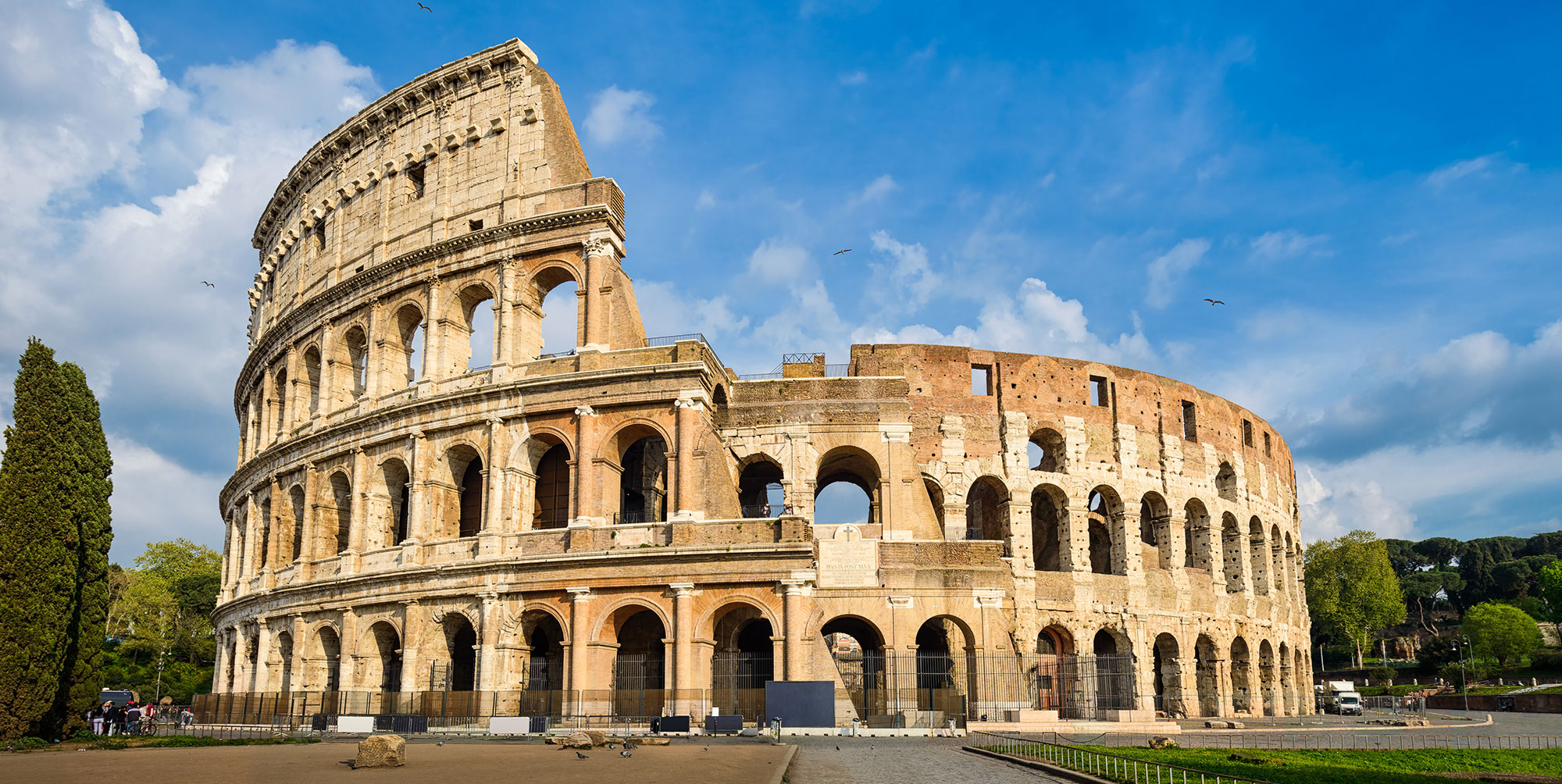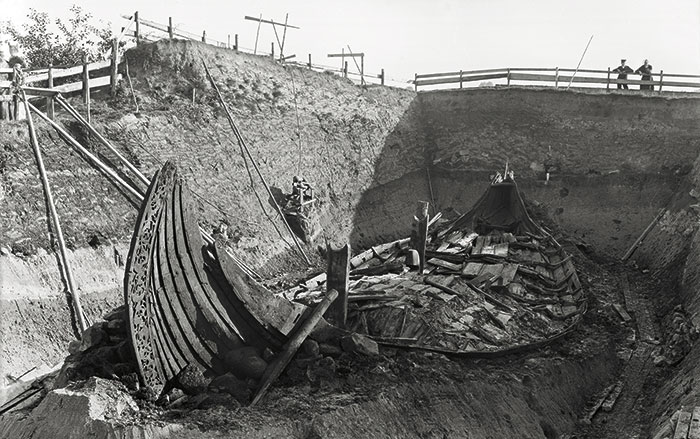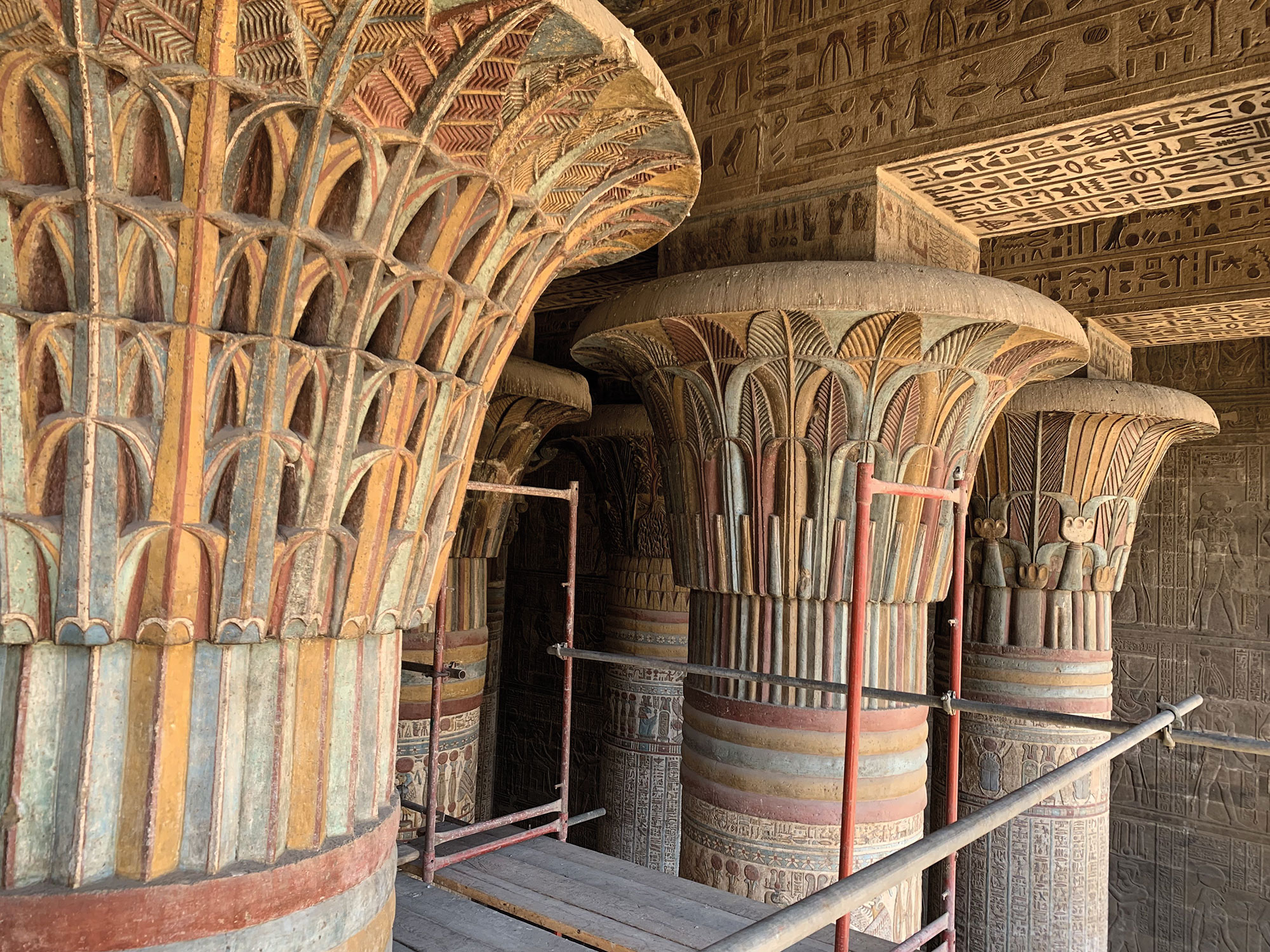The Games
Executions
During the noon break, and at other times, the arena served as a place of dramatic public execution, including damnatio ad bestias or obiectio feris (throwing people to the beasts). The victims were criminals, deserters, rebels, traitors, runaway slaves, and those guilty of various sorts of antisocial behavior, such as Christians and Jews.
Discrimina ordinum
Tacitus (Annals 13.54) uses this term to describe the separation of the orders in the theater, clearly referring to a hierarchy of preferential seating according to social rank and status.
Ludi
Games in general, and festivals involving games. Dare ludum gladiatorium or venatorium = to give gladiatorial or venatorial games. Games could be private, public, or extraordinary.
Ludum gladiatorium
Duels of men expected to fight to the death (or at least show themselves willing to die). Criminals and prisoners could be damned to fight in the arena, with the hope of a reprieve if they survived a certain number of years. These men were trained in a specialized form of combat. Others, untrained, were expected to die within a short time. There were also volunteer gladiators, ones who either enlisted voluntarily as free or freed men, or who reenlisted after winning their freedom. Even equites and, more rarely, senators sometimes enlisted as gladiators (gladiator = "swordsman").
Ludum venatorium (venatio)
A display of men hunting and killing animals in various ways. Dangerous animals were also set upon one another or herbivores. Venatores were skilled spearmen usually pitted against carnivorous beasts; bestiarii were animal-handlers and killers of less skill and finesse. Literary accounts and inscriptions often stress the numbers of animals killed. As in gladiatorial combat, men condemned to fight or perform in venatorial games could sometimes win their freedom.
Missio
A gladiator who acknowledged defeat could request the munerarius to stop the fight and send him alive (missus) from the arena. If he had not fallen he could be "sent away standing" (stans missus). The editor took the crowd's response into consideration in deciding whether to let the loser live or order the victor to kill him.
Munus (pl. munera)
The show (carrying a connotation of "duty"), usually lasting for three or more days and, under special circumstances, for weeks or months: Titus's games in A.D. 80 lasted 100 days. The classic Italian munus plena included venations in the morning, various noontime activities (meridiani), and gladiatorial duels in the afternoon.
Munerarius (Editor)
The giver of the games, a member of the upper orders acting privately (rare after the Republic) or in his official capacity as a magistrate or priest, or the emperor. Outside Rome, munerarii were generally municipal and provincial priests of the imperial cult, or local governors.
Pompa
The parade that signaled the start of a gladiatorial munus; it included the munerarius, the gladiators, musicians, a palm-bearer, and various other officials and personnel, such as a sign-bearer whose placard gave the crowd information about events, participants, and other matters, including the emperor's response to petitions.
Pollice verso
"With thumb turned." Which way (up? down? in? out?) is not clear, and remains a source of debate in gladiatorial literature, although most authors seem to assume that the thumb is turned down. This is the signal (along with yelling) by which the crowd expressed its opinion that a gladiator should not be granted missio.
Pugnare ad digitum
"To fight to the finger." Combat took place until the defeated gladiator raised his finger (or his hand or whole arm) to signal the munerarius to stop the fight.
Recipere ferrum
To receive the iron (the weapon). A defeated gladiator who was refused missio was expected to kneel and courageously accept death. His victorious opponent would stab him or cut his throat.
Signum pugnae
The signal given by the munerarius for combat to begin. It is not always clear what form this took, and it may have varied.
Sine missione
"Without missio:" a fight with no possibility of a reprieve for the loser.
Stantes missi
A draw, with both "sent away standing." Both gladiators walked away neither having won or lost.
Spectacula
Spectacles are the seats as well as the events viewed in the arena. Harena or arena, the sand sprinkled on the field of combat to absorb blood, can also signify the place of combat.
The Gladiators
Auctoratio
The swearing of a legal agreement by gladiators when they joined or reenlisted, by which they handed themselves over as slaves to their master and trainer, agreeing to submit to beating, burning, and death by the sword if they did not perform as required. Gladiators were expected to accept death.
Eques
A gladiator who fought on horseback, like a Roman knight, against other mounted fighters. An eques carried a spear, but also used a sword, so he could dismount to duel with an opponent. His helmet often displayed two feathers on either side of the dome (with no crest).
Essedarius
A chariot-fighter who probably dismounted to fight hand to hand.
Familia gladiatorium
A troop of gladiators who lived and trained under one lanista.
Gallus
A Gaul, a type of heavily armed fighter named after the Romans' tribal enemy. The original Galli were probably war captives. This type of fighter died out in the Empire.
Hoplomachus
This gladiator was distinguished by his short, curved sword. Like a Thrax, he wore high leg guards.
Lanista
An owner, recruiter, trainer, and speculator in gladiators who sold or rented men to munerarii. In the Empire this job came under the jurisdiction of the emperor.
Liberatio
The freeing of a gladiator who had served his time (a period of years varying according to when and how he was inducted).
Manica
Arm padding of wrapped cloth and leather.
Murmillo
A fighter apparently named after a Greek word for fish. He wore a crested helmet and carried a tall shield.
Retiarius
This was the most distinctive-looking gladiator, a bareheaded, unshielded fighter whose main protection was padding and a shoulder guard on his left arm. He used a net to ensnare his opponent and a long trident to impale him.
Rudiarius
A gladiator who had received a rudis and was therefore an experienced volunteer, especially worth watching. There was a hierarchy of experienced rudiarii within a familia of gladiators, and rudiarii could become trainers, helpers, and arbiters of fights. They were no longer required to keep fighting themselves.
Samnis
Like the Gallus, the Samnis (Samnite) was originally an enemy of the Romans from Campania in the south. Captives taken in battle in the Republic undoubtedly provided the model for this type of heavily armed fighter.
Secutor
The "follower" was paired with a retiarius. His armor was distinguished by a helmet with small eyeholes that would presumably impede the trident's prongs.
Thrax
The "Thracian" was another type of fighter equipped like a former enemy soldier (from Thrace in northern Greece). He fought with a small, rectangular shield and his helmet bore a griffin crest.
Tiro
A gladiator fighting in his very first public combat.
Venator
Venatores were skilled spearmen, usually pitted against carnivorous beasts.
Veteranus
A veteran of one or more combats.
The Gear
Fascia
protective band of material, skin, or leather that protected the leg below the knee and provided padding below a greave.
Fascina (or tridens)
The long, three-pronged metal trident that was the hallmark of a retiarius.
Galea
The helmet worn by all gladiators except the retiarius. These were domed and often featured decorative crests and visors pierced with eyeholes.
Galerus
The distinctive metal shoulder-guard of a retiarius. It curved up strongly from the shoulder, away from the neck, so that neck and head were protected but the fighter's head movements were not restricted.
Gladius
This was the long, straight sword of the gladiator after which he was named.
Ocrea
A metal leg guard that ran from the knee (or above) to the shin and protected mainly the front of the leg.
Parma
A round or square shield that was smaller and lighter than a scutum.
Pugio
A dagger, weapon of last resort of a retiarius.
Rudis
The wooden sword or staff symbolizing a gladiator's liberatio.
Scutum
A large rectangular shield (curving inward so that it formed part of a cylinder) of the sort carried by a murmillo.
Sica
A short, curved sword of the sort carried by a Thrax.
Subligaculum
A traditional loincloth worn by gladiators (the chest was almost always bare).
To read more about gladiators and gladiatorial games, go to "The Roman Arena."













